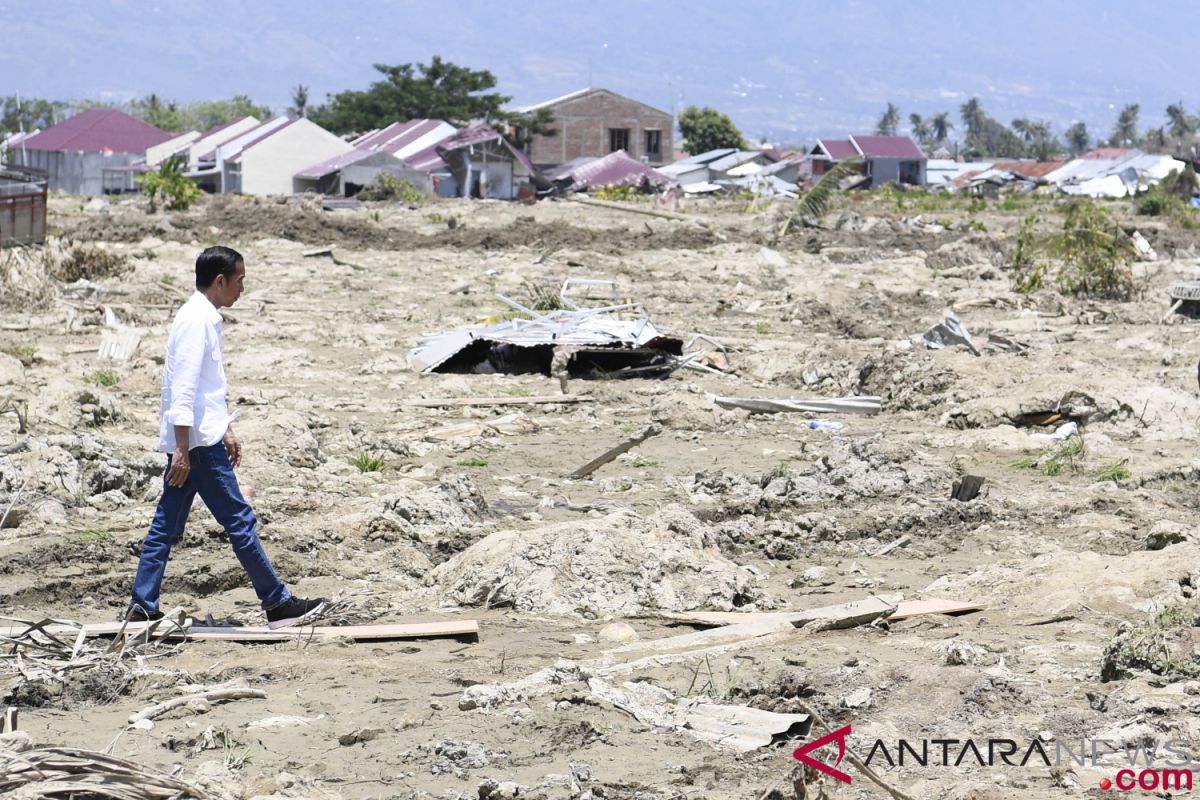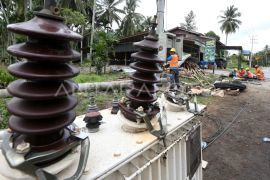"We only have 30-40 minutes to save ourselves. Hence, tsunami mitigation is important," he noted at a press conference related to a powerful magnitude 7.4 earthquake and a subsequent tsunami in Central Sulawesi Province.
When a magnitude 7.8 earthquake, which triggered a 36-meter-high tsunami, struck the island of Flores on December 12, 1992, and left about 2,600 people dead and missing, the time span between the earthquake and the tsunami was only five minutes, he noted.
The time span is relatively short since tsunamis in Indonesia have local characteristics. This means the source of the earthquake triggering a tsunami is found around the Indonesian territory, he noted.
"The eastern part of Indonesia is more vulnerable. However, lack of research, infrastructure facilities, awareness, and tsunami mitigation (remain a problem)," he pointed out.
He remarked that 2,243 people were killed when a tsunami measuring 50 to 100 meters high engulfed the Maluku provincial capital of Ambon in 1674.
"Between 1629 and 2018, Central Sulawesi bore witness to 176 large and small tsunamis," he noted.
Meanwhile, 148.4 million of the 265 million population of Indonesians run the risk of earthquake threat.
A magnitude 7.4 earthquake rocked Palu City and Donggala District in Central Sulawesi last Friday (Sept 28). The earthquake was centered 27 kilometers northeast of Donggala at a depth of 10 kilometers.
Reporting by Dewanto Samodro
Editing by Suharto, Fardah Assegaf
Reporter: antara
Editor: Heru Purwanto
Copyright © ANTARA 2018












